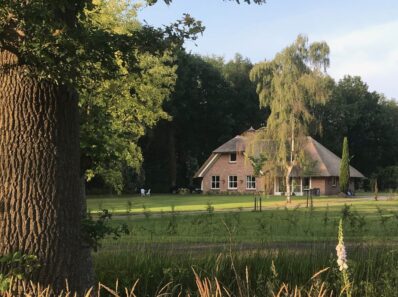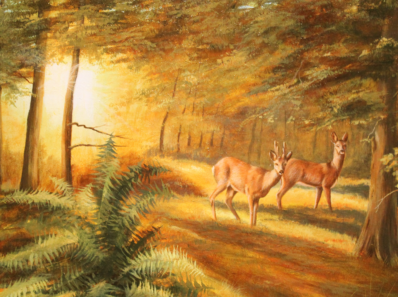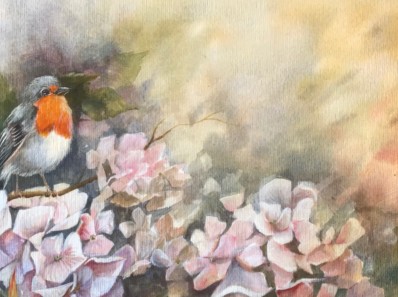Porselein schilderen
Ontdek de verfijnde kunst van het porselein schilderen en creëer unieke ontwerpen op handbeschilderd porselein.
Breng je eigen servies mee en schilder je persoonlijke ontwerp onder de deskundige begeleiding van Jenneke Brunnekreeft.
In een gezellige groep leer je de verschillende stijlen en technieken. Laat je creativiteit de vrije loop en geniet van de kunst van het porselein schilderen.
Materialen:
- Plat penseel nr. 4 (eekhoornhaar)
- Puntpenseel nr. 2 (marterhaar)
- Kroontjespen
- Paletmes
- Afscheurpalet
- Naaimachineolie
- Universele olie 166 (Scherning)
- Wipeout stick
- Spiritus
- Keukenrol
- Porseleinverf (Scherning) ijzerrood, dekwit, zwart, gele oker, karmijnblauw, schaduwviolet.
2025
Woensdag 9:30 – 12:00
Een cursus bestaat uit 10 lessen van 2,5 uur.
229,90 euro per 10 lessen
Aanmeldformulier



